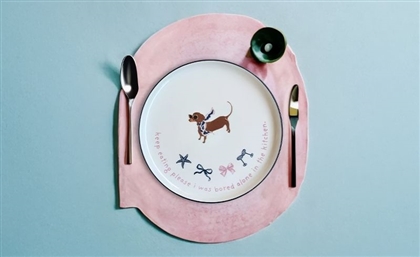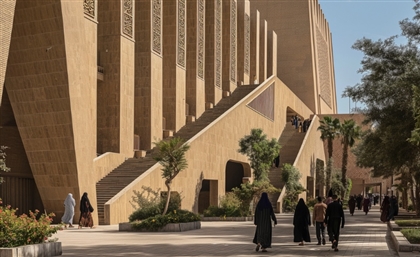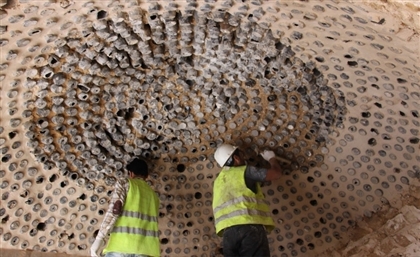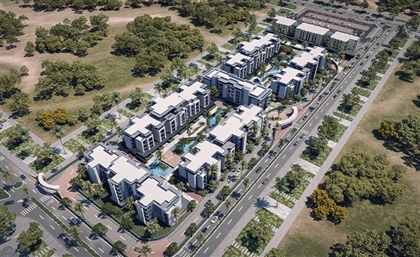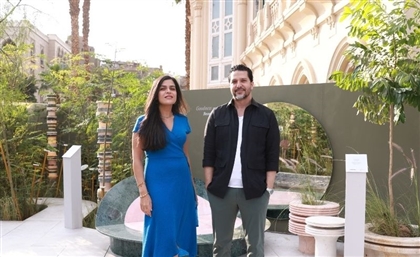The Papyrus Comeback by Dubai-Based Designer Aya Moug
Byblos Papyri is the material innovation brand that’s reviving the papyrus by giving it new life as furniture and homeware.
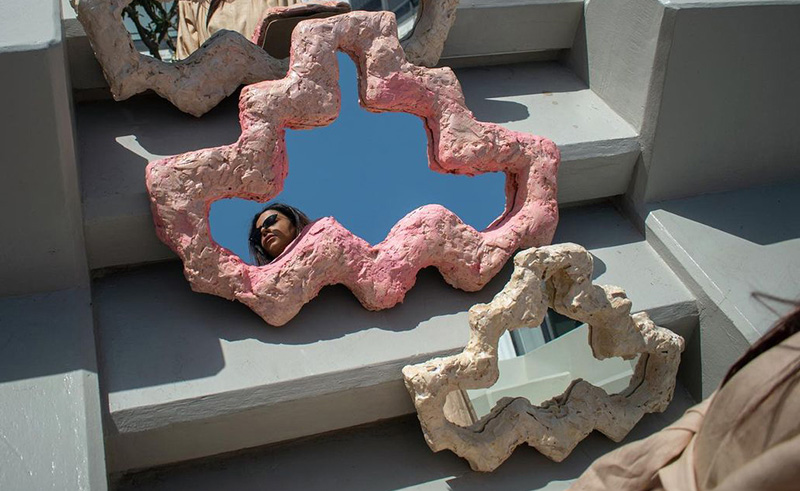
Since nearly 3,000 BC, papyrus has been one of the most popular materials in ancient Egyptian societies. Whether it was used as a writing sheet or to craft boats, ropes and baskets, the papyrus grew in abundance all along the Nile Delta, representing life and civilization wherever it sprouted. Yet, in the modern era, the papyrus has all but disappeared from the public consciousness.
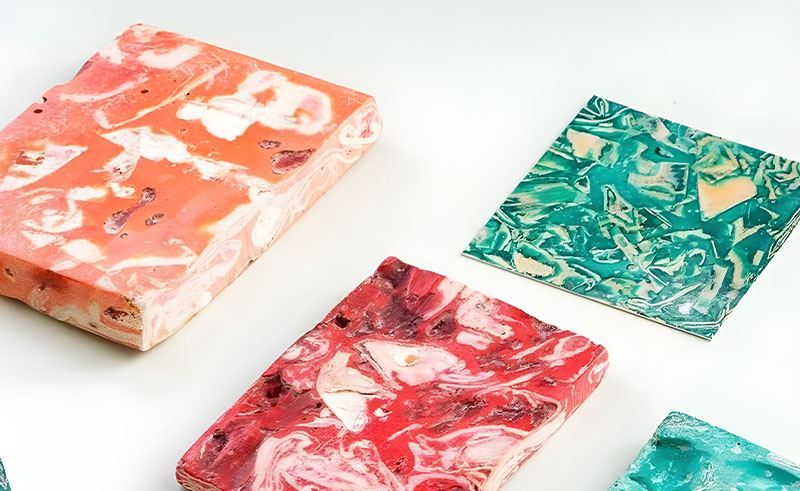
“I delved into the plant’s history and noticed that it was only documented by non-Egyptians,” Aya Moug, an Egyptian designer based in Dubai, tells SceneHome. “I was surprised to learn that papyrus is on the verge of extinction.”

While obtaining her master’s degree from London, Moug found herself wondering - what if the ancient Egyptians were alive today and saw how the papyrus was in decline? Moug believed they would have taken action. And so, Moug launched a material innovation brand called Byblos Papryi - named after the Greek term for papyrus - which would utilise material made from casted papyrus that can be used in furniture, wall-cladding and tiles.
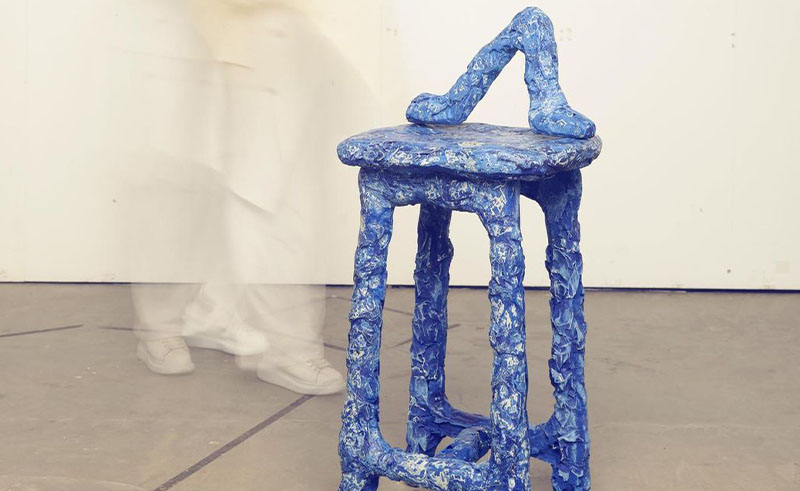
“I wanted to create a sustainable alternative to wood, marble and stone,” Moug explains. “It felt like our identity was being stripped away and I felt like I had to find a new purpose for papyrus. It’s a shame that we’re letting this plant disappear.” Since papyrus is still grown in Upper Egypt, Moug wanted to capitalise on the plant’s versatility as it can filter pollutants and waste water, and requires no adhesives. “Papyrus has a lot of environmental benefits and it’s extremely strong. Yet nowadays it’s only used for touristic purposes.”
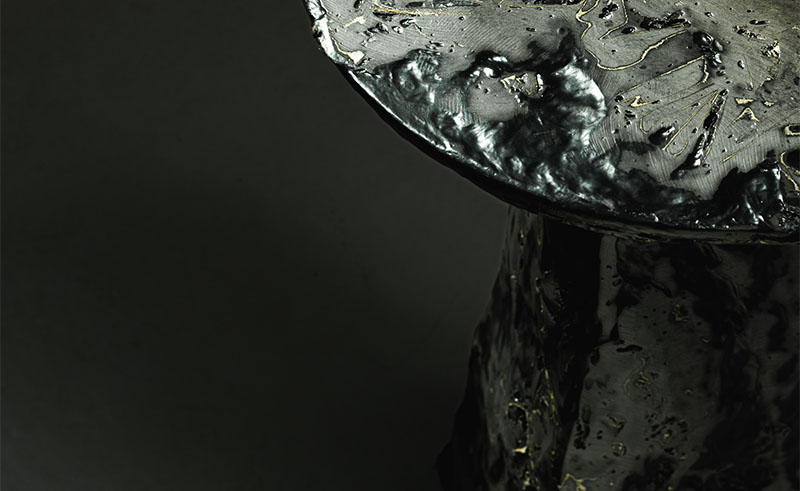
The process starts in Egypt, where Byblos Papyri plants papyrus trees and allows local communities to benefit. The design is then completed in Dubai or Cairo depending on the end destination. Byblos Papyri’s pieces range in shape and form according to their cast, have a variety of colourways and often end up with marble-like veins. “You’ll never find two identical pieces since they’re all handmade,” Moug says.
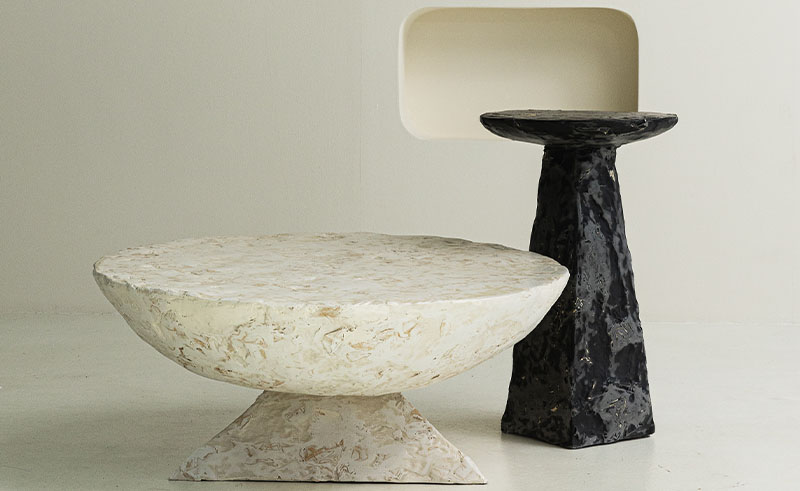
‘The Shen’ tables collection, created originally for Downtown Design Dubai, was recently featured in the Formula 1 Yas Marina Circuit Royal Tower during the most recent Abu Dhabi Grand Prix along with other custom-made Byblos Papyri furniture. While one of Byblos Papyri’s blue stools gets its form from an ancient Egyptian chair, ‘The Shen’ tables collection references ancient Egypt in texture. Meanwhile, Byblos Papyri’s ‘NNN’ collection of mirrors references step pyramids while also boasting a rugged texture.
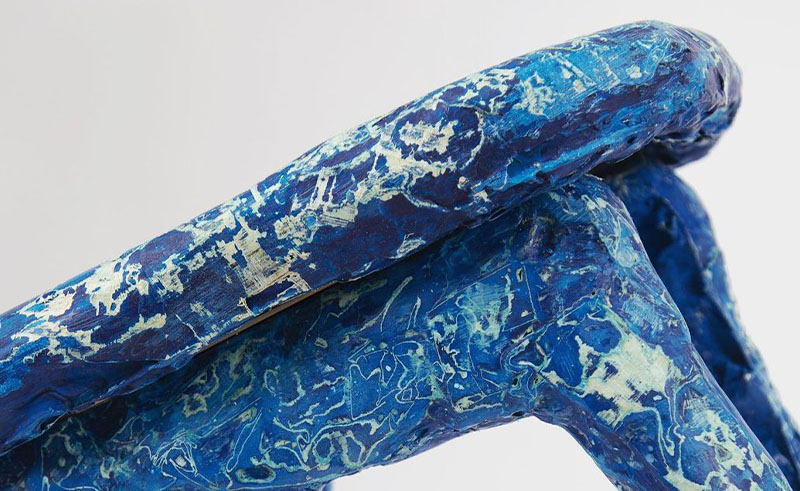
“All of the designs are inspired by ancient Egypt,” Moug says. “I love this era of our history and whenever I get inspired by its elements I try to transform them from ancient to contemporary.”
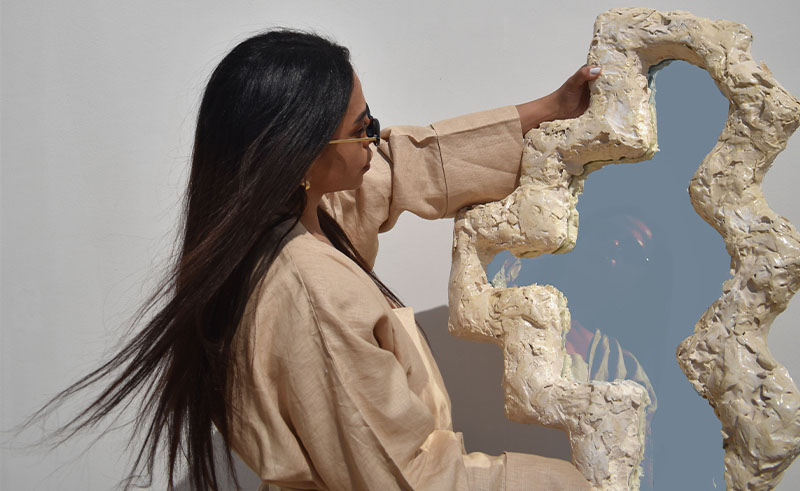
Byblos Papyri presents a new approach to sustainable materials. Rather than simply recycling, it actively creates the raw material it relies on, raising, in the process, awareness of the ancient plant’s history and sheds light on its endless potential of contemporary applications.
Images Credit: Byblos Papyri
- Previous Article The Enduring Charm of Jeddah’s Old Town of Al Balad
- Next Article Egyptian Embassies Around the World




